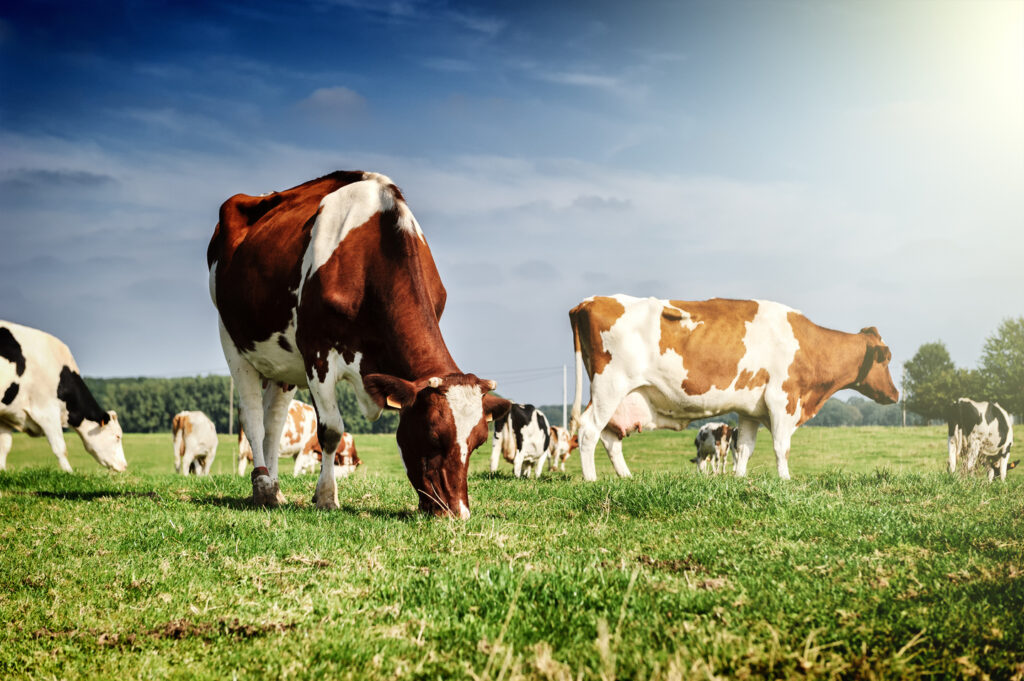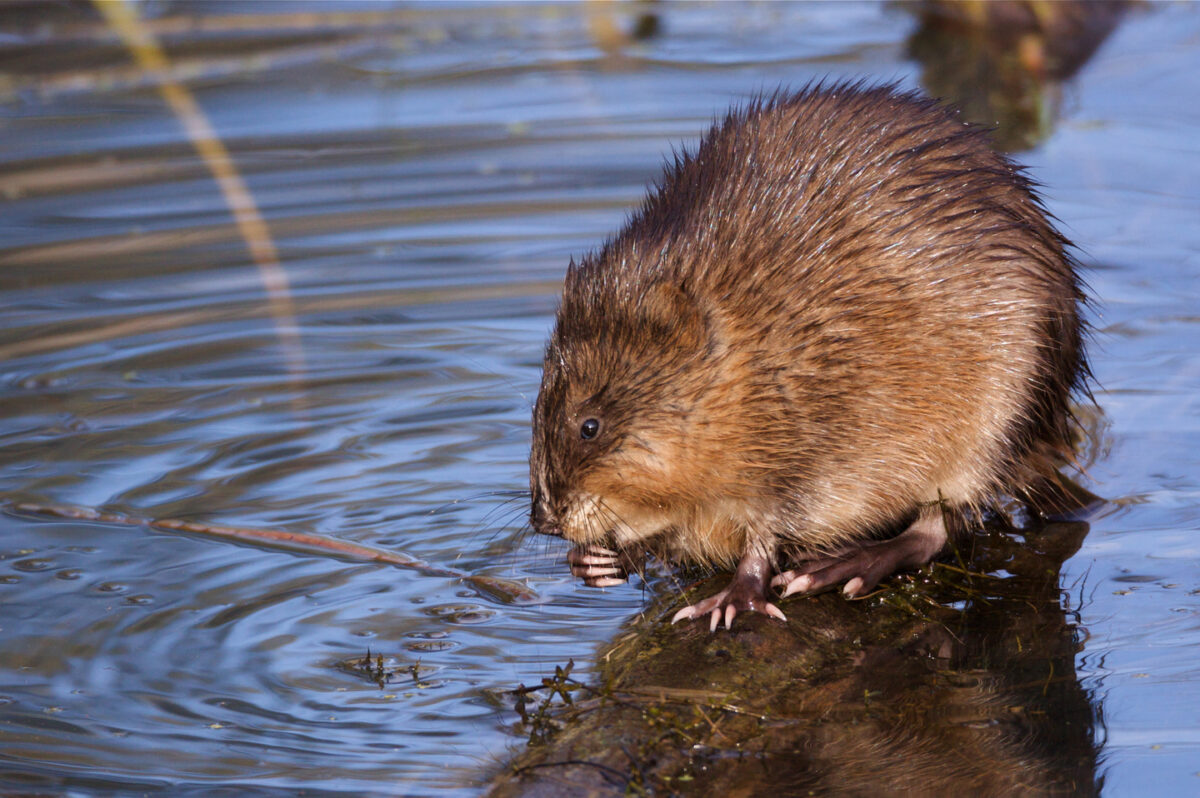
Cow Hair Fibre
Zoological Information
- Two specific breeds, the Scottish Highland (Bos taurus taurus)and Galloway cows(Bos taurus), are specially used to collect fibres from cattle hair.
- They belong to the family of Bovidae and are primarily domesticated.
- These fibres are commonly known as cow hair or cowhide.
- The anticipated lifespan of these cows is around 15-20 years.
- Well-cared-for stud cattle have the potential to live for 20–25 years or even more.
Habitat and fibre production
- Traditionally, these cows have been raised in the Highlands and Western Isles of Scotland, where the climate can be challenging with cool temperatures, strong winds, and variable weather conditions.
- Highland cattle are commonly groomed by brushing rather than shearing.
- It is a process that distinguishes the soft undercoat from the rugged outer hair and helps the animal shed its thick layer in warmer conditions.
- While the resulting fibre may pose challenges in handling, it produces resilient yarn.
- The United States is likely the biggest consumer of pulled cattle hair.
Features
- Renowned for their durability and resilience, cow hair fibres exhibit exceptional resistance to extreme wear and tear conditions.
- Their inherent strength and stiffness are attributed to the coarse texture of these fibres.
- The fibres possess a medullated structure and are relatively slender and continuous.
- The fibre length can fall between 12-50mm, and an average diameter is around 36 µm.
- Throughout history, the insulating properties of cow hair fibres have made them a preferred choice for insulation material in specific regions.
- These fibres are characterised by a woolly, fluffy, and double-layered structure.
- In addition to their robustness, cow hair fibres can display water-resistant properties, proving advantageous in specific applications.
- The natural aesthetic appeal of cow hair fibres is further enhanced by their varied colours, predominantly reddish-brown but occasionally appearing in shades of yellow, pale silver, or black[3].
Typical uses
- Cow hair fibres are commonly employed in the manufacturing of textiles and rugs. The rugged quality of the fibres renders them suitable for crafting robust and sturdy fabrics.
- In 1934, during the excavation of an ancient boat in the Highlands, a piece of rope was unearthed. Analysis has since confirmed that the rope is made from Highland cattle hair and dates back to a time prior to the year 1500.
- Cattle hair has been found in historical structures, where it was blended with mud and cattle dung to create daub, an early type of plaster.
- The cow hair is well-suited for producing brushes and bristles utilised in various applications, including cleaning, painting, and grooming.
- In certain cultural traditions, cow hair fibres find application in traditional crafts such as weaving, embroidery, and other decorative arts.

















